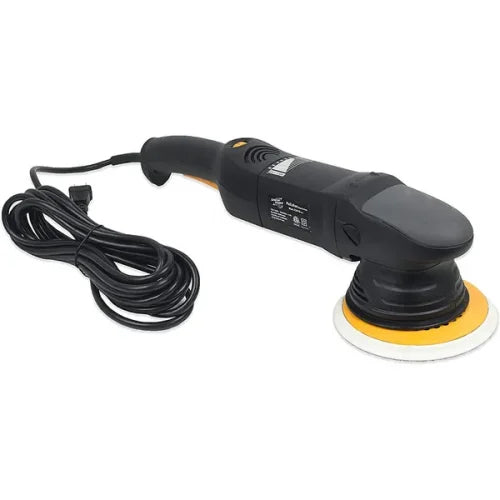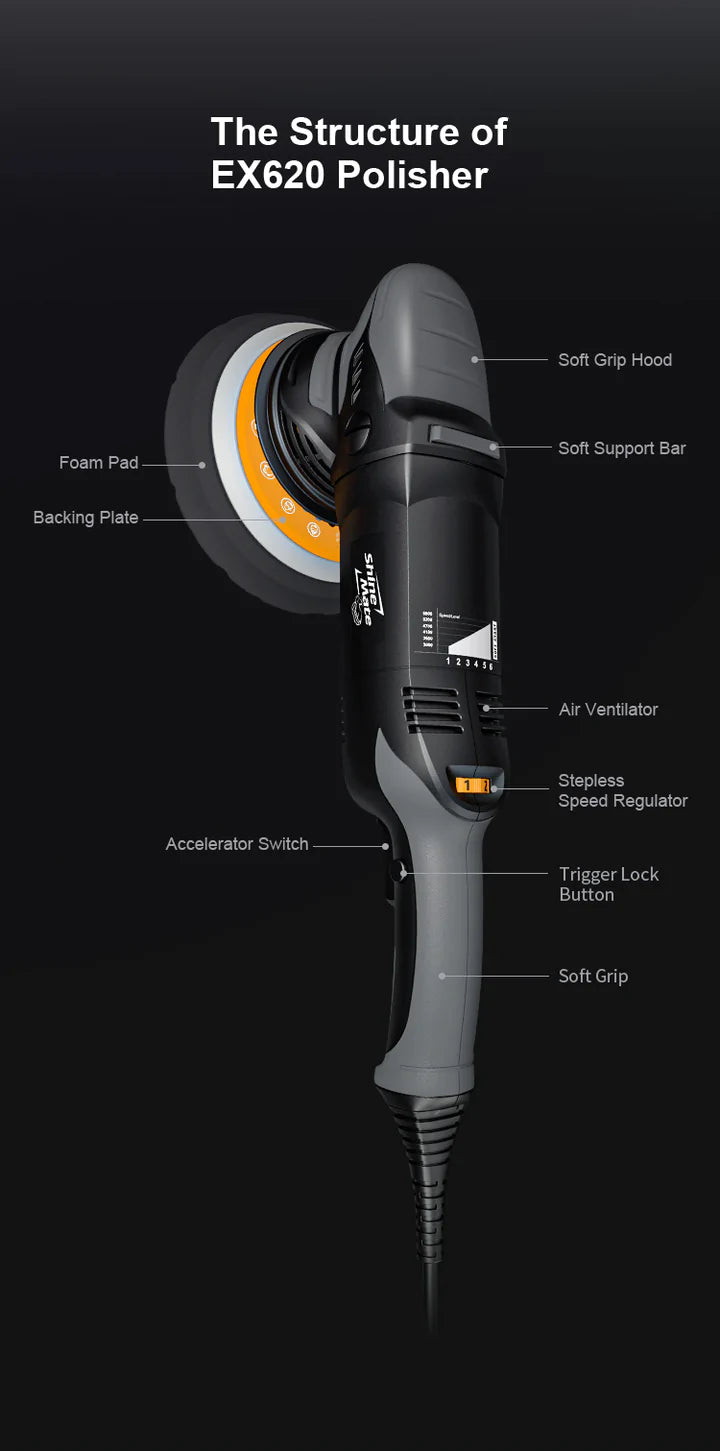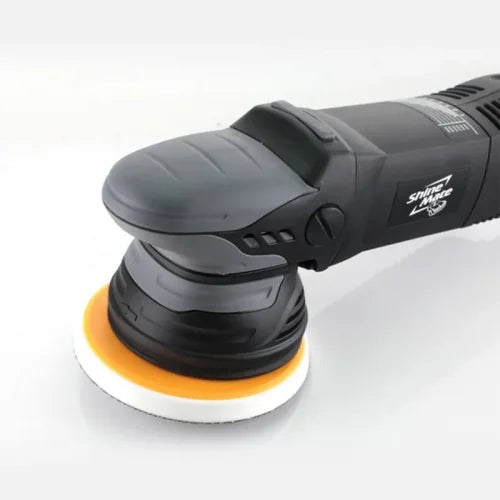PAINT CORRECTION, RESTORATION & CERAMIC COATING
After exterior body detailing, next comes the paint correction & restoration. Car Exterior detailing means removing all contaminations like Tar, iron, tree sap, insects, bugs, etc. All the above surface defects or contaminations have to be removed before starting with compounding or polishing. If you have a contaminated surface to work on, it will generate more swills & scratches on the paint; contamination acts as abrasive, creating deeper scratches. You should definitely check car chrome polish & restoration products online at this website.
Precaution is the best way to start any job. Before any paint correction & restoration job, we first mask up rubber beadings, plastic trims, honeycomb grill, monograms & any such integrated part of a car that can prevent compounding pads from scratch on.
After inspecting every panel with swirl finder light, we conclude whether we should start with compounding or sanding is needed.
Sanding is a sensitive process that is only recommended for professionals, or you may sand up to paint as well. It can do sanding with a hand or sander machine, and I recommend a sander machine for even cutting. Manual sanding sometimes leaves sanding marks behind because of uneven pressure applied on the sanding block. Most of the detailers use their hands for sanding, which intends to generate more deep sanding marks on the clear coat.
Now it’s time to choose your sanding paper grit; depending on the defects, we choose to sand grit; the deeper the scratch lower the grit number. Let’s say we start sanding with 1500 grit sanding paper, 1500 sanding marks are hard to remove, so I prefer doing 3000 grit sanding on 1500 sanding. That makes compounding easier. Try this; you will achieve an extraordinary finish.
To remove all sanding marks or deep scratches & swirls, we do polishing compounding. What compound to chose depends on the type of scratch & the type of clear coat you are working on? A hard clear coat is not easy to buff. It would help if you had a high solid compound & pad for it. I found German compounds work well on the high solid clear coat.
If you are about to apply a ceramic coating or paint protection film, make sure you use a silicone-free compound. Some compounds may have fillers inside, which intends to give gloss initially, but after a few washes or degreasing, they get washed off, and hidden swirl marks are visible later.
After compounding, you may leave hologram marks or buffing marks behind, and we need to remove those marks of compounding by finishing and using a soft finishing pads.
Always be double sure before applying a ceramic coating that paint is free from polishing oil or polishing powder. Oil removing is an important step that every detailer should do before ceramic coating application.
Ceramic coating is a nano-technology-based coating & paint is micropores. Nano is smaller than micro, so all micro pours should deep be cleaned before the ceramic coating is poured in it. If we don’t clean the clear coat properly with isopropyl alcohol solutions, the nano-ceramic coating will not properly bond with the clear coat.
And after all the preparations, we apply Nano Technology ceramic coating on the paint surface, Glass, Trims & Alloys, etc. Please make sure we apply criss-cross in 2 square feet section by section; otherwise, the coating will dry off & form patches on paint. Take training before applying the ceramic coating. If you leave patches behind you, you have to start the process of compounding again. In some cases, you may need to sand the surface as well.
And make sure the room is dust-free & under controlled temperature. Ceramic coating cannot be applied to high-temperature panels.





